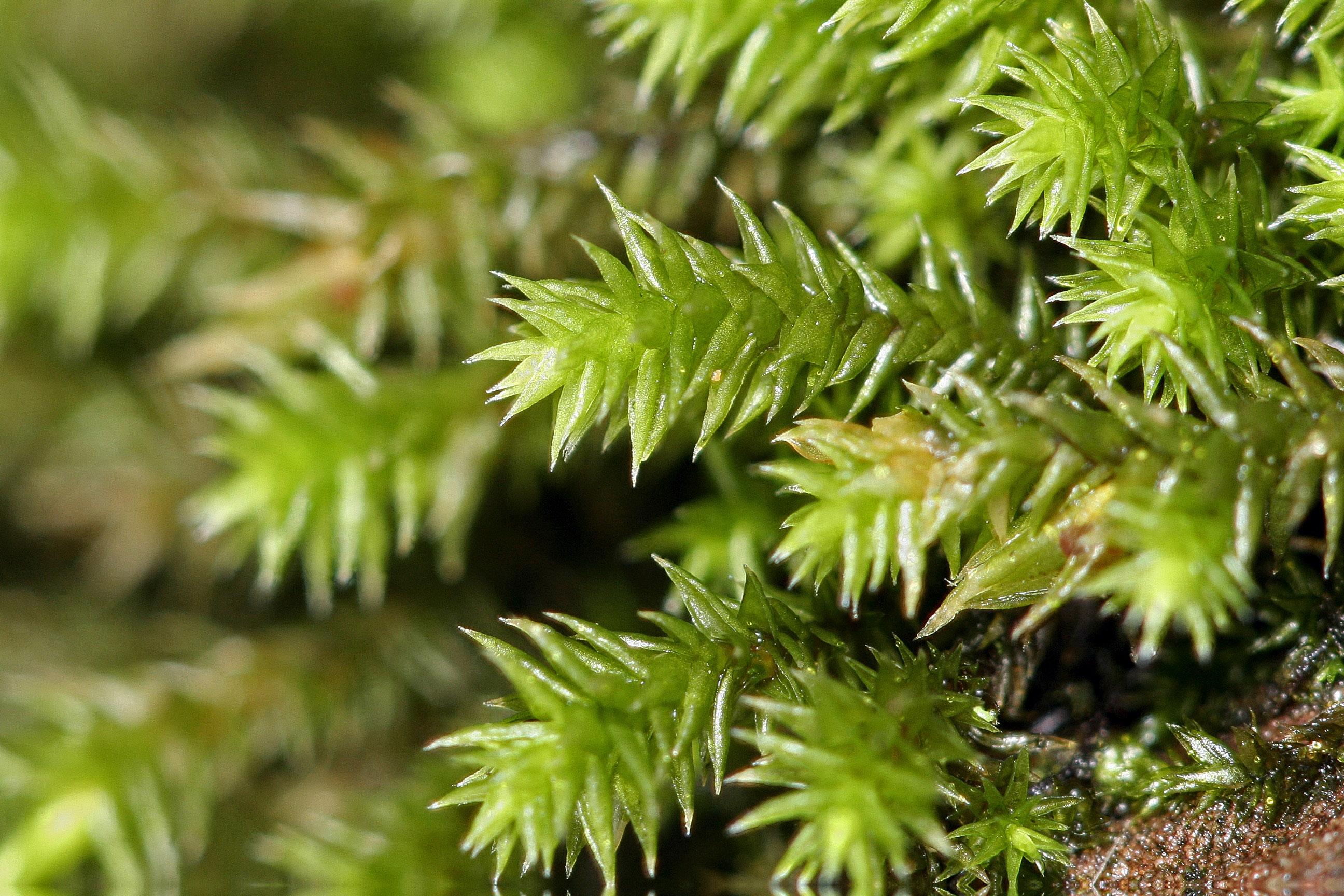
8756804c3da96b10e63ebe9b35e2bdcf.jpg from: https://www.asturnatura.com/especie/hedwigia-ciliata.html
Introduction
The world of bryophytes, or non-vascular plants, is a fascinating realm that often goes unnoticed by many. Among these diminutive yet remarkable organisms is the Hedwigia ciliata (Hedw.) P.Beauv., a moss species belonging to the Hedwigiaceae family. This unassuming plant has captured the interest of enthusiasts and researchers alike, offering a glimpse into the intricate and resilient world of mosses.
Background
Before delving into the specifics of Hedwigia ciliata, it’s essential to understand the broader context of bryophytes. These ancient plants, which include mosses, liverworts, and hornworts, have been around for over 400 million years, predating even the earliest vascular plants. Despite their small stature, bryophytes play crucial roles in various ecosystems, acting as pioneers in colonizing new environments and contributing to soil formation and water retention.

Hedwigia-ciliata-23.jpg from: https://ohiomosslichen.org/moss-hedwigia-ciliata/
Main Content
Morphology and Identification
Hedwigia ciliata

hedwigia_ciliata.jpg from: https://wnmu.edu/academic/nspages/gilaflora/hedwigia_ciliata.html
is a acrocarpous moss, meaning its sporophytes (spore-bearing structures) grow at the tips of the stems. It forms dense, cushion-like tufts or mats, with stems reaching up to 2 inches (5 cm) in height. The leaves are lanceolate (lance-shaped) and have a distinctive feature – their margins are lined with long, whitish cilia or hair-like structures, giving the moss a fringed appearance. This characteristic is what earned it the specific epithet “ciliata,” derived from the Latin word “cilium,” meaning “eyelash.”

6858522278_61034f720c_b.jpg from: https://www.flickr.com/photos/voodoosnakes/6858522278

18898118101_dc93650d4a_b.jpg from: https://www.flickr.com/photos/26803925@N05/18898118101/
Global Distribution and Habitat
Hedwigia ciliata is a cosmopolitan species, meaning it has a widespread distribution across various continents. It can be found in Europe, Asia, Africa, North and South America, and even in some regions of Antarctica. This moss thrives in a variety of habitats, including rocky outcrops, tree bark, and soil in both natural and urban environments, showcasing its adaptability and resilience.
Ecological Roles and Adaptations
Like many bryophytes, Hedwigia ciliata

18686187436_1e029e9eaf_b.jpg from: https://www.flickr.com/photos/26803925@N05/18686187436/
plays an essential role in its ecosystem. It contributes to soil formation and moisture retention, creating microhabitats for other organisms. Additionally, its dense mats can help prevent soil erosion and provide shelter for small invertebrates.
One of the remarkable adaptations of Hedwigia ciliata is its ability to withstand desiccation (drying out) and rapidly rehydrate when moisture becomes available. This trait, known as “poikilohydry,” allows the moss to survive in harsh environments and quickly resume its metabolic activities after periods of drought.
Case Studies/Examples
Hedwigia ciliata has been the subject of various research studies, shedding light on its ecological significance and potential applications. For instance, a study conducted in the Czech Republic investigated the moss’s ability to accumulate heavy metals, suggesting its potential use as a bioindicator for environmental pollution.
Hedwigia-ciliata-Hedwigia-ciliata1-1024×1024.jpg from: https://mossandstonegardens.com/product/hedwigia-ciliata-moss-5-square-feet/
Technical Table
| Characteristic | Description |
|---|---|
| Phylum | Bryophyta |
| Class | Bryopsida |
| Order | Hedwigiales |
| Family | Hedwigiaceae |
| Genus | Hedwigia |
| Species | ciliata |
| Growth Form | Acrocarpous moss |
| Leaf Shape | Lanceolate |
| Leaf Margin | Ciliate (fringed) |
| Habitat | Rocky outcrops, tree bark, soil |
| Distribution | Cosmopolitan |
Conclusion
The Hedwigia ciliata (Hedw.) P.Beauv. moss, with its intricate morphology and remarkable adaptations, serves as a testament to the resilience and diversity of bryophytes. Despite its small size, this moss plays vital roles in various ecosystems, contributing to soil formation, moisture retention, and providing microhabitats for other organisms. As we continue to explore and appreciate the wonders of the natural world, the humble Hedwigia ciliata reminds us that even the smallest organisms can have profound impacts on their surroundings.
Ponder this: In a world where we often overlook the microscopic, what other hidden marvels might we be missing, and how can we foster a deeper appreciation for the intricate tapestry of life that surrounds us?